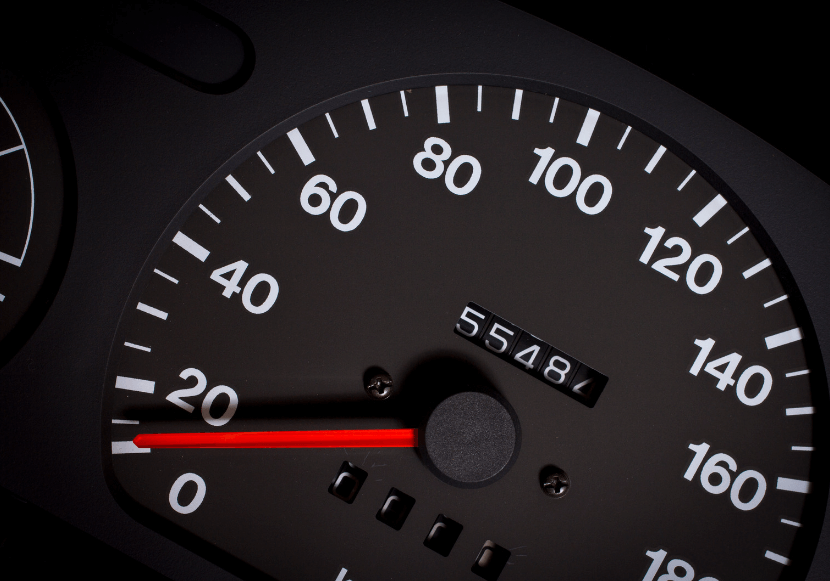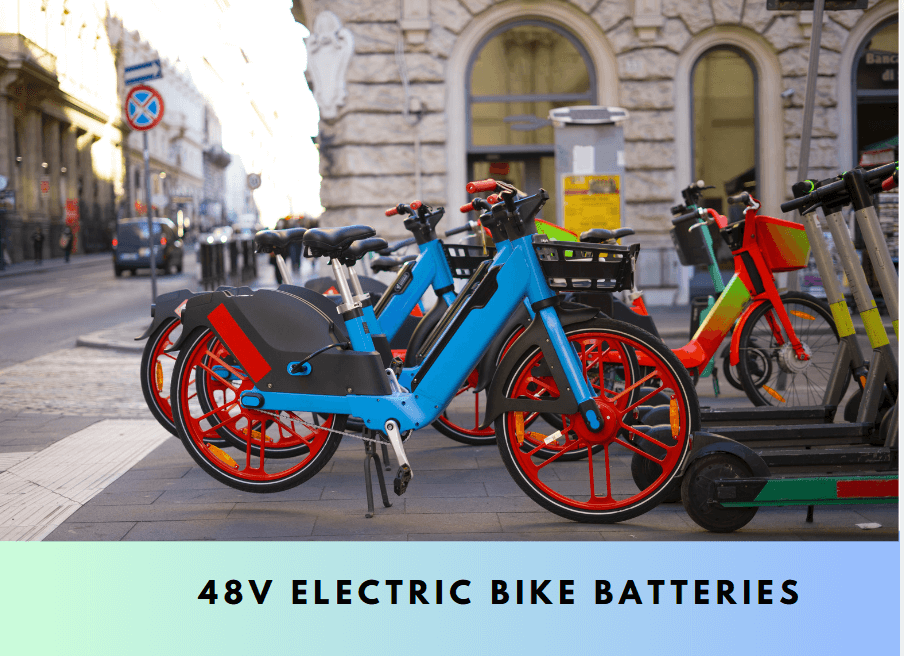
Friends , Lithium cobalt oxide (LiCoO2) batteries are currently among the most widely used lithium-ion batteries, especially in portable electronics. These batteries have gained prominence due to their high energy density, reliability and compact size. They are commonly found in smartphones, laptops, cameras and various other electronic devices.
However, the complexity of their chemistry, potential hazards and emerging alternatives make them of significant interest in the field of energy storage and battery technology. We will discuss LiCoO2 batteries in detail about their types, price range, advantages, disadvantages, applications and future prospects.
Lithium Cobalt Oxide (LiCoO2) Batteries
Lithium cobalt oxide batteries belong to the lithium-ion (Li-ion) family. The anode of this battery is made of carbon (graphite), while the cathode is made of lithium cobalt oxide (LiCoO2). When the battery discharges, lithium ions move from the anode to the cathode, generating electrical energy. When recharging, the process is reversed, with lithium ions returning to the anode.
Lithium cobalt oxide is favored for its ability to provide high energy density, meaning these batteries can store significant amounts of energy relative to their size. This makes them ideal for applications that require compact batteries, such as smartphones and tablets

There are 4 Popular types of lithium Cobalt oxide (LiCoO2) Batteries
Although all lithium cobalt oxide batteries share a common chemistry, they can be classified into different types based on form factor, capacity and specific application. such as
Cylindrical LiCoO2 Batteries: Cylindrical lithium cobalt oxide batteries are the most recognized type, commonly used in devices such as laptops, power tools and electric bicycles. The most popular form factor in this category is the 18650 battery, with a diameter of 18 mm and a height of 65 mm. These batteries offer good thermal stability and are widely accepted due to their robust design.
Prismatic LiCoO2 Batteries: Prismatic batteries are thinner and lighter than cylindrical batteries, making them ideal for compact devices such as smartphones and tablets. These batteries have a rectangular shape, which allows manufacturers to maximize space efficiency within electronic devices. Although they offer higher energy density, prismatic batteries can have reduced thermal stability compared to cylindrical versions.
Pouch LiCoO2 Batteries: Pouch batteries have a flexible casing, which allows manufacturers to design batteries in custom shapes and sizes. This type of LiCoO2 battery is commonly used in electric vehicles (EVs) and wearable devices. While pouch batteries offer flexibility in design, they are more susceptible to swelling and damage if not handled properly.
Coin Cell LiCoO2 Batteries: Coin cell or button cell batteries are small, flat, and commonly used in low-power devices such as watches, hearing aids, and medical implants. Although these batteries offer less energy capacity than their larger counterparts, their compact size makes them suitable for niche applications.

Lithium Cobalt Oxide (LiCoO2) Battery: Advantages vs. Disadvantages
Lithium cobalt oxide (LiCoO2) batteries have been widely used in various consumer electronics due to their high energy density and reliability. However, like any technology, they come with both advantages and disadvantages.
Advantages of lithium cobalt oxide (LiCoO2) batteries
High energy density
Advantages: One of the most significant advantages of LiCoO2 batteries is their high energy density. This allows them to store a large amount of energy in a small and light package. As a result, they are widely used in portable electronics such as smartphones, laptops and cameras, where compact size and weight are important.
Applications: High energy density makes these batteries ideal for devices that require long battery life but have space constraints
Compact size
Advantages: LiCoO2 batteries are compact and can be manufactured in a variety of shapes, including cylindrical, prismatic and pouch formats. This flexibility in design allows manufacturers to incorporate them into smaller devices without compromising capacity.
Applications: Smartphones, wearable devices and other compact electronics benefit from this feature as they require powerful batteries that fit into small spaces.
Stable voltage output
Advantages: Lithium cobalt oxide batteries provide a stable and consistent voltage output throughout the discharge cycle. This makes them suitable for devices that require reliable power, such as cameras, medical equipment and other precision electronics.
Applications: Devices such as medical devices, digital cameras and audio equipment require stable voltage for optimal performance and LiCoO2 batteries are suitable for these needs.
Fast charging capability
Advantages: LiCoO2 batteries support fast charging, an important feature of modern consumer electronics. This allows users to quickly recharge their devices without waiting for long periods of time.
Applications: Fast charging features make these batteries suitable for smartphones and tablets, where fast recharging is often essential for user convenience.
Widely available
Advantages: Lithium cobalt oxide batteries have been in use for many years, and are widely available from a variety of manufacturers. This availability drives competition, leading to better pricing and quality control across the industry.
Applications: As a mature technology, these batteries are easily sourced, making them the preferred choice of many electronics manufacturers.
Long shelf life
Advantages: LiCoO2 batteries have a long shelf life when not in use, meaning they can hold their charge for extended periods of time without significant degradation. This is important for devices that are used infrequently but require reliable power when needed
Applications: Products such as emergency backup devices and some medical equipment benefit from batteries with long shelf lives.
Disadvantages of lithium cobalt oxide (LiCoO2) batteries
Safety and thermal stability concerns
Disadvantages: One of the main disadvantages of LiCoO2 batteries is their tendency to overheat and the possibility of thermal runaway if damaged or improperly charged. Thermal runaway can cause a fire or explosion, which is an important safety concern.
Implications: This limits the application of these batteries in high-power or high-temperature environments, where other chemistries, such as lithium iron phosphate (LiFePO4), are safer alternatives.
Short cycle life
Disadvantages: Compared to some other lithium-ion chemistries such as lithium iron phosphate (LiFePO4) and lithium manganese oxide (LiMn2O4), lithium cobalt oxide batteries have a shorter lifespan. They typically offer about 300 to 500 charge/discharge cycles before their capacity begins to degrade significantly.
Implications: For applications where long-term reliability and battery longevity are essential, such as electric vehicles or large-scale energy storage, LiCoO2 batteries may not be the best choice.
Cobalt dependence and ethical issues
Disadvantages: Reliance on cobalt as the main component of the cathode is a cost and ethical issue. Cobalt mining, particularly in countries such as the Democratic Republic of Congo (DRC), is associated with child labor, poor working conditions and environmental degradation. Additionally, cobalt is an expensive material, and fluctuations in its market price can significantly affect battery costs.
Implications: Manufacturers and researchers are actively seeking alternatives with lower cobalt content to mitigate these problems.
Environmental concerns
Disadvantages: Disposal of lithium cobalt oxide batteries poses environmental challenges. Improper disposal can release toxic chemicals including cobalt and lithium into the environment. Additionally, the mining and processing of cobalt contributes to environmental degradation.
Implications: Although recycling programs are being developed, the process is complex and expensive. The environmental impact of LiCoO2 batteries is a concern, especially as global battery demand increases.
Limited power density
Disadvantages: Although LiCoO2 batteries have a high energy density, their energy density (the rate at which they can deliver energy) is lower than other chemistries such as lithium iron phosphate (LiFePO4) or lithium nickel manganese cobalt oxide (NMC). This makes them less suitable for applications that require high energy bursts, such as electric vehicles or power tools.
Implications: For high-power applications, other lithium-ion chemistries are generally preferred due to their ability to deliver power more efficiently at higher rates.
Swelling and aging
Disadvantages: Over time, lithium cobalt oxide batteries are prone to swelling and loss of capacity. Swelling can cause physical damage to devices, especially tightly packed electronics like smartphones. Additionally, these batteries experience capacity degradation with age, even when not in use.
Implications: Swelling and aging limit the long-term performance of these batteries in consumer electronics, where consistent performance and reliability are critical.
Lithium Cobalt oxide (LiCoO2) Battery Price
Lithium cobalt oxide battery prices vary significantly based on their form factor, capacity, application and market demand. Factors such as raw material costs, manufacturing processes and supply chain logistics also affect the final price.
Let’s look at some of the factors that affect the price of these batteries
Material Cost: Cobalt, a key ingredient in lithium cobalt oxide batteries, is one of the most expensive materials. Cobalt prices have historically been volatile due to geopolitical issues, mining conditions and supply shortages. As the cost of cobalt increases, the overall cost of LiCoO2 batteries increases. This has led many manufacturers to explore alternatives with lower cobalt content.
Manufacturing Complexity: The manufacturing process of lithium cobalt oxide batteries is relatively complex compared to other battery chemistries. Maintaining precise control over the composition of lithium and cobalt, ensuring uniformity in the cathode material, and managing the thermal stability of the battery all contribute to high production costs.
Market price for different applications: The price may vary based on the application of the battery. For example, cylindrical 18650 LiCoO2 batteries, used in laptops or power tools, can range from $3 to $7 per cell, depending on capacity and manufacturer. Prismatic batteries used in smartphones or tablets can range from $10 to $20 per unit, while custom-made pouch cells for EVs can cost upwards of $100, depending on the required energy capacity and specific design requirements.
Price Trends: The price of lithium cobalt oxide batteries has declined in recent years due to technological advancements, improved supply chains and increased competition. However, any disruption in the cobalt supply chain, such as political instability in cobalt-producing regions, could lead to price increases.
However, cobalt supply challenges, environmental impacts, and safety concerns are driving the search for alternatives and improvements. As new battery technologies emerge, LiCoO2 batteries may be gradually phased out in favor of safer and more durable alternatives.


















